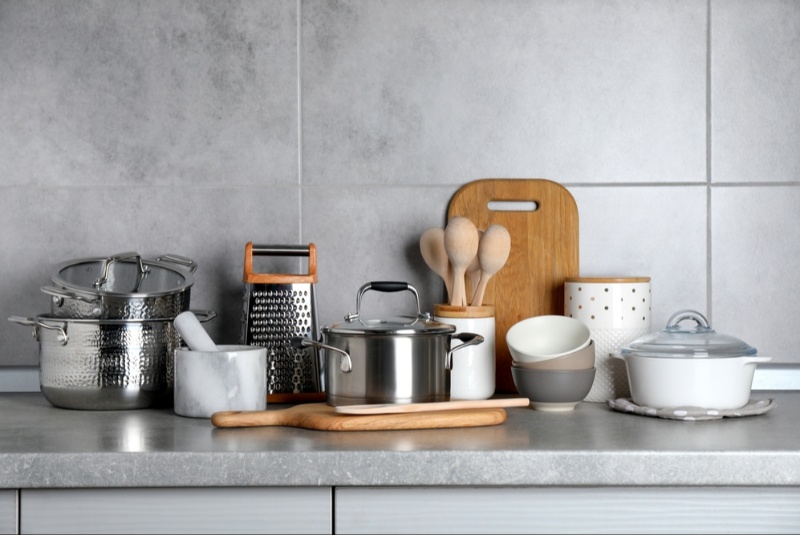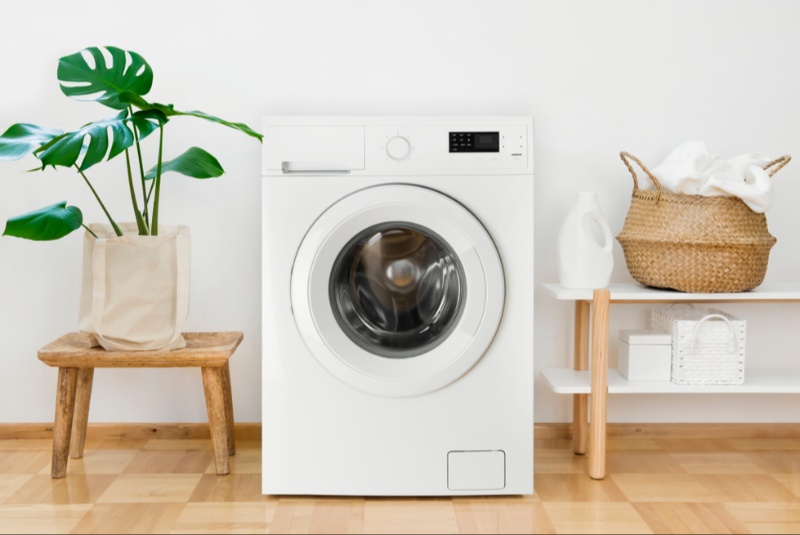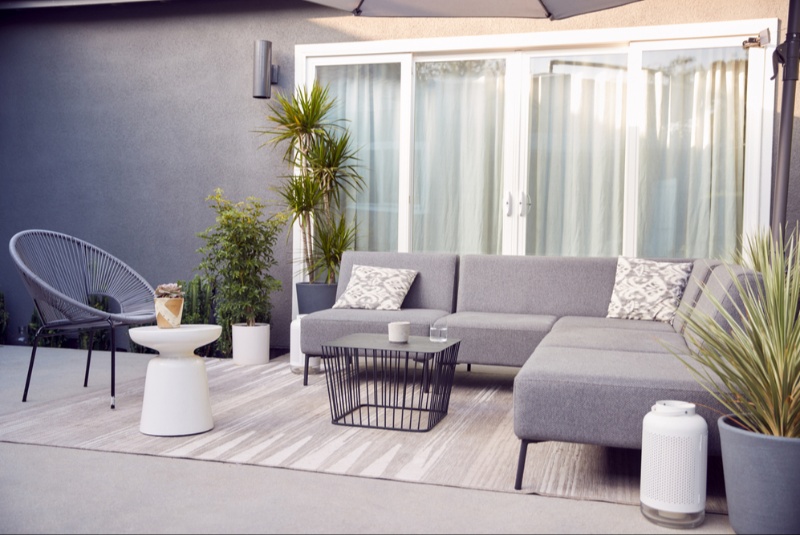Buying a sofa is a significant investment for most households. It's a piece of furniture that will be in your living room for years, serving as a cozy haven, a guest bed, and often the focal point of your home. You want something that is comfortable, durable, and well-suited to your style and needs. But that doesn't mean you have to empty your savings account to get it. Here are some strategies to help you find the perfect sofa without breaking the bank.
1. Know What You Need Before You Shop
It's essential to understand what you're looking for in a sofa before you step foot in a store or start browsing online. Consider factors like:
Size: Measure your space to see what dimensions will fit. Material: Leather, fabric, and microfiber all have their pros and cons. Function: Will it double as a bed? Do you need extra storage? Style: Modern, traditional, or something in between?
Having a good grasp of these details will help you zero in on the right options and avoid getting distracted by features you don't need.
2. Set a Budget
Determine what you can realistically afford and stick to it. The price of a sofa can range from a few hundred to several thousand dollars. A clear budget will help you narrow down your choices and avoid overspending. Remember to factor in additional costs like taxes, delivery fees, and any potential customization or accessories you plan to purchase.
3. Shop Off-Season or During Sales
Retailers often offer significant discounts during certain times of the year like Black Friday, Cyber Monday, and other holiday sales. Additionally, new furniture collections usually debut in the spring and fall, making older models more affordable. By timing your purchase strategically, you can take advantage of these discounts and save a substantial amount of money.
4. Consider Floor Models or Secondhand Options
Don't rule out floor models, which are usually discounted. Just make sure to inspect them carefully for any wear or damage. Secondhand stores, estate sales, and online marketplaces like Craigslist can also yield some hidden gems. Again, scrutinize for quality and cleanliness. While secondhand options may require a bit more effort in terms of inspection and cleaning, they can offer excellent value for money if you find the right piece in good condition.
5. Negotiate
Don't be afraid to haggle over the price, especially in a physical retail store where salespeople often have some flexibility. Even if you can't lower the price, you might secure free delivery or a complementary product like a throw pillow or protective spray. Polite negotiation can lead to favorable deals, making your sofa purchase more budget-friendly.

6. Test Thoroughly
A sofa may look perfect, but it's crucial to test it for comfort and durability. Sit, lay, and even bounce a bit to assess its resilience and comfort level. Inquire about the frame and the type of wood used; hardwoods like oak are generally more durable. Ask about the type of springs and the density of the cushions as these also determine the sofa's longevity. A comfortable and well-constructed sofa is a better long-term investment, even if it requires a slightly higher initial expenditure.
7. Read Reviews and Check Warranties
Look up customer reviews if you're shopping online to get an idea of the sofa's comfort and durability. While online reviews should be taken with a grain of salt, they can provide valuable insights into the overall quality and user experience of the sofa. Additionally, check what the warranty covers and for how long; a more extended warranty period generally indicates higher confidence in the product. A solid warranty can provide peace of mind and protection against unexpected defects or issues.
8. DIY Customization
If you're crafty and enjoy DIY projects, consider less expensive sofa models that you can customize to fit your taste. Adding your cushions, reupholstering, or even adding some DIY legwork can turn a budget sofa into a bespoke piece of furniture. Keep in mind that customization projects may require some time and effort, but they can result in a unique and personalized sofa that fits your style and budget.
9. Think Long-Term
It might be tempting to opt for a cheap sofa, but if it wears out within a year or two, you'll end up spending more in the long run. Look for a balance between quality and cost. While high-end designer sofas may be out of reach for budget-conscious shoppers, it's essential to prioritize durability and construction. Investing in a sofa that can withstand daily use and maintain its comfort and appearance over time is a smarter choice, as it will save you money in replacements or repairs down the line.
10. Don't Forget About Delivery
Delivery fees can add a significant sum to your total cost. Look for retailers that offer free shipping or pick-up options. If the store is nearby, consider renting a truck for a couple of hours to save on delivery charges. Additionally, inquire about the delivery timeline; some retailers offer expedited or discounted delivery options if you can be flexible with the delivery date. Carefully considering delivery options can help you keep your overall sofa budget in check.
By following these tips, you can make a more informed decision, save money, and enjoy the satisfaction of finding a sofa that's just right for you—without spending more than you have to. Remember that finding an affordable sofa is not about compromising quality or comfort but about making smart choices that align with your budget and preferences. With the right approach, you can find a sofa that not only meets your practical needs but also enhances the overall look and comfort of your living space.




